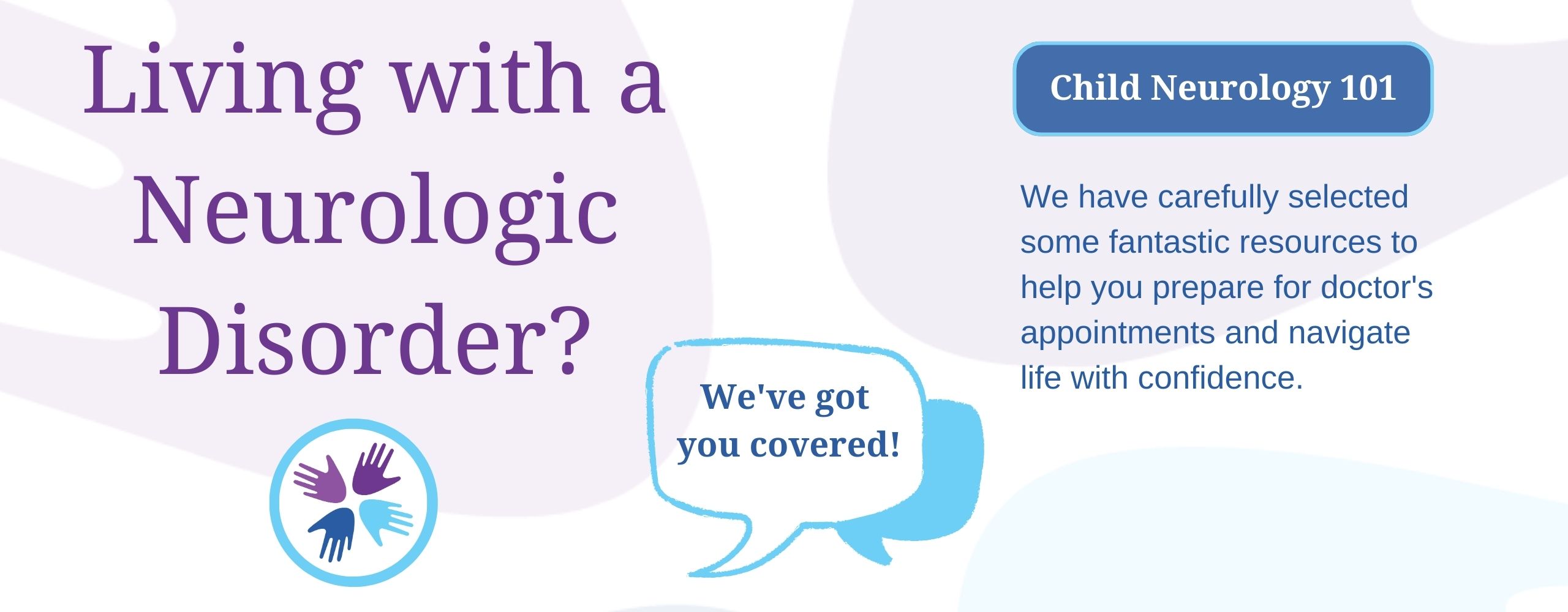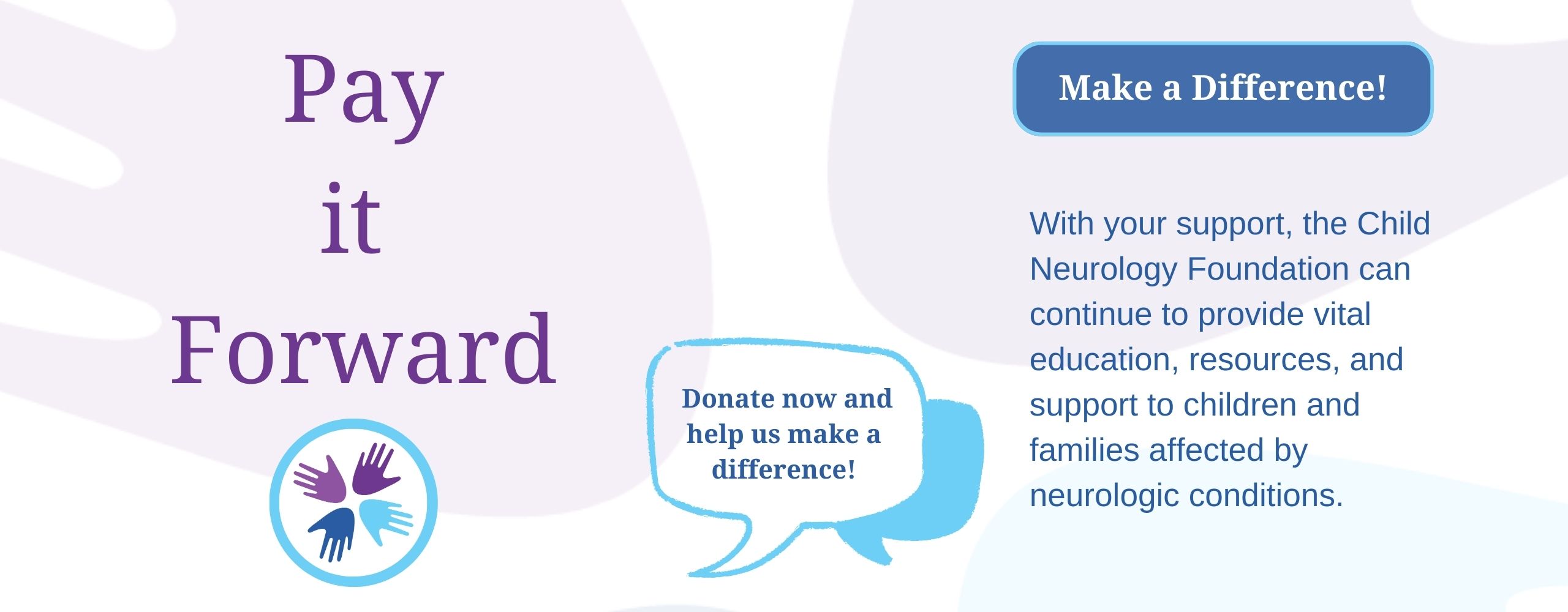
Authors:
Dorottya B. Kacsoh, University of Central Florida College of Medicine
Alison L. Christy, MD, PhD, Providence Pediatric Neurology at St. Vincent Medical Center—Portland, Oregon
Reviewed: April 2023
SUMMARY
A vein of Galen malformation (VOGM) is a rare type of arteriovenous malformation (AVM) that occurs in the brain. An AVM is an abnormal connection between arteries and veins. VOGM affects about 1 in 50,000 children. VOGM develops before the baby is born.
While the abnormal blood vessels are found in the brain, the most concerning problem in the child is heart failure. These children require surgery. Outcomes are highly variable. They largely depend on the severity of symptoms.
JUMP TO
Disorder Overview
DESCRIPTION
VOGM is an abnormal connection between arteries and a specific vein in the brain. This vein is called the vein of Galen. Blood in the arteries that would normally flow to brain tissue enters the vein of Galen instead. It then returns to the heart.
The brain becomes injured due to excess fluid in the ventricles (cavities/fluid spaces in the brain) and a lack of oxygen. The heart becomes abnormal in function. Heart failure results when it receives too much blood flow.
SIGNS AND SYMPTOMS
Signs and symptoms of VOGM include:
Heart Failure
Pulmonary hypertension
Hydrocephalus
Hydrocephalus occurs when there is an excess of cerebrospinal fluid (CSF). CSF is the fluid that surrounds the brain and spinal cord. The excess of CSF puts pressure on the brain. It causes the ventricles (cavities) in the brain to grow too large. Infants may develop large heads (macrocephaly).
Cutaneous vascular malformations
Seizures
Brain damage due to lack of oxygen may lead to seizures.
CAUSES
VOGM develops in the first trimester of pregnancy. It is unknown why VOGM develops. However, the cause may be genetic.
Most cases are due to new genetic variations. Children may have a variation in the gene EPHB1. This gene is responsible for the development of brain vessels. Variations in CLDN1 are also associated with VOGM. This variation causes too many blood vessels to form in the brain.
LABORATORY INVESTIGATIONS
The following are used to diagnose VOGM:
Pre-natal ultrasound and fetal magnetic resonance imaging (fetal MRI)
Computed tomography angiography (CTA)
Magnetic resonance imaging (MRI)
TREATMENT AND THERAPIES
VOGM is usually treated at an advanced tertiary care hospital. The patient’s team will monitor and plan their treatment. This team typically includes:
- A neurologist
- A neurovascular specialist
- Cardiologists
- Neonatal intensive care specialists
The treatment for VOGM is a surgery called endovascular embolization. A catheter is inserted into an artery in the leg until it reaches the malformation. The umbilical artery may be used instead in newborns. A substance is then injected into the artery. This plugs the artery and reduces blood flow to the VOGM.
In cases of severe heart failure in a newborn, emergency surgery is necessary. If symptoms can be controlled with medications, surgery may be delayed until five to six months of age.
OUTLOOK
There are many factors that affect the outcome of VOGM. Almost all children will need surgery for survival.
Children who are diagnosed with VOGM outside of the newborn period typically have less severe cardiac symptoms and a better outcome. In the short term, many children who have surgery will be neurologically intact. However, in the long term, even children with good outcomes may need some support in school or have some learning disabilities.
Resources
Vein of Galen Malformation Support Network
The mission of Vein of Galen Malformation (VOGM) Support Network is to spread awareness and connect families with top VOGM specialists in their country. They support VOGM families by providing resources and information for emotional and logistical support no matter where the families are in their journey. Financial support is provided through access to care and travel assistance. Their Vein of Galen Support Group, a private Facebook group, is another source of support for families. The VOGM Support Network’s hope is that they can make a difficult time a little easier for as many families as possible.
AVM Alliance
The AVM Alliance is an online group dedicated to filling the needs of the AVM community while supporting the charitable organizations who also make a difference. AVM Alliance is dedicated to helping parents of children who have AVM/aneurysm or who have been affected by brain vessel disease, traumatic brain injury (TBI), and stroke. They create a community of support and assistance through their podcasts and private Facebook group. They also offer a One-on-One Parent Support Network by contacting [email protected]. AVM Alliance’s mission is to educate the public, provide valuable information, raise awareness, and let families know they are not alone.
The Aneurysm and AVM Foundation (TAAF)
The Aneurysm and AVM Foundation (TAAF) is dedicated to bettering the lives, support networks, and medical care of those affected by aneurysm and other types of vascular malformation of the brain. TAAF 4 Kids is the pediatric side of TAAF. Started first as a separate initiative called The Rylan Project–named for legacy VOGM survivor Rylan Craig–TAAF 4 Kids blossomed to encompass pediatric aneurysm, arteriovenous malformation (AVM), and hemorrhagic stroke. TAAF has launched the TAAF Youth Ambassador Program, a new advocacy initiative for children/teens within the greater aneurysm and AVM community.
Family Stories
The Vein of Galen Malformation (VOGM) Support Network shares beautiful stories of warriors with VOGM and inspiration from their parents on the Our VOGM Blog page.
Child Neurology Foundation (CNF) solicits resources from the community to be included on this webpage through an application process. CNF reserves the right to remove entities at any time if information is deemed inappropriate or inconsistent with the mission, vision, and values of CNF.
Research
These are clinical trials that are recruiting or will be recruiting. Updates are made daily, so you are encouraged to check back frequently.
ClinicalTrials.gov is a database of privately and publicly funded clinical studies conducted around the world. This is a resource provided by the U.S. National Library of Medicine (NLM), which is an institute within the National Institutes of Health (NIH). Listing a study does not mean it has been evaluated by the U.S. Federal Government. Please read the NLM disclaimer for details.
Before participating in a study, you are encouraged to talk to your health care provider and learn about the risks and potential benefits.
For more information about participation in clinical trials, check out our education hub on the topic here.
Information for research and clinical trials specific to VOGM can be found on The Aneurysm and AVM Foundation (TAAF) and VOGM Support Network websites.
The information in the CNF Child Neurology Disorder Directory is not intended to provide diagnosis, treatment, or medical advice and should not be considered a substitute for advice from a healthcare professional. Content provided is for informational purposes only. CNF is not responsible for actions taken based on the information included on this webpage. Please consult with a physician or other healthcare professional regarding any medical or health related diagnosis or treatment options.
References
Brinjikji W, Krings T, Murad MH, Rouchaud A, Meila D. Endovascular Treatment of Vein of Galen Malformations: A Systematic Review and Meta-Analysis. AJNR Am J Neuroradiol. 2017 Dec;38(12):2308-2314. https://doi.org/10.3174/ajnr.A5403. Epub 2017 Oct 5. PMID: 28982789; PMCID: PMC7963723.
Hoang S, Choudhri O, Edwards M, Guzman R. Vein of Galen malformation. Neurosurg Focus. 2009 Nov;27(5):E8. https://doi.org/10.3171/2009.8.FOCUS09168. PMID: 19877798.
Khullar D, Andeejani AM, Bulsara KR. Evolution of treatment options for vein of Galen malformations. J Neurosurg Pediatr. 2010 Nov;6(5):444-51. https://doi.org/10.3171/2010.8.PEDS10231. PMID: 21039167.
McSweeney N, Brew S, Bhate S, Cox T, Roebuck DJ, Ganesan V. Management and outcome of vein of Galen malformation. Arch Dis Child. 2010 Nov;95(11):903-9. https://doi.org/10.1136/adc.2009.177584. Epub 2010 Jul 6. PMID: 20605862.
Taffin H, Maurey H, Ozanne A, Durand P, Husson B, Knebel JF, Adamsbaum C, Deiva K, Saliou G. Long-term outcome of vein of Galen malformation. Dev Med Child Neurol. 2020 Jun;62(6):729-734. https://doi.org/10.1111/dmcn.14392. Epub 2019 Nov 12. PMID: 31713850.
Vivanti A, Ozanne A, Grondin C, Saliou G, Quevarec L, Maurey H, Aubourg P, Benachi A, Gut M, Gut I, Martinovic J, Sénat MV, Tawk M, Melki J. Loss of function mutations in EPHB4 are responsible for vein of Galen aneurysmal malformation. Brain. 2018 Apr 1;141(4):979-988. https://doi.org/10.1093/brain/awy020. PMID: 29444212.
Thank you to our 2023 Disorder Directory partners:







